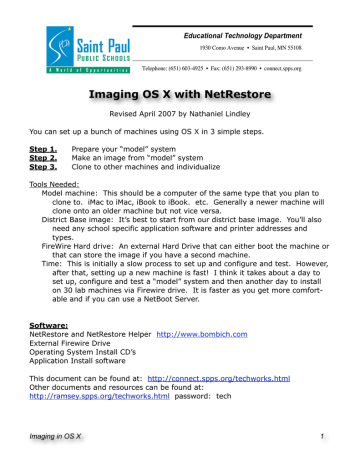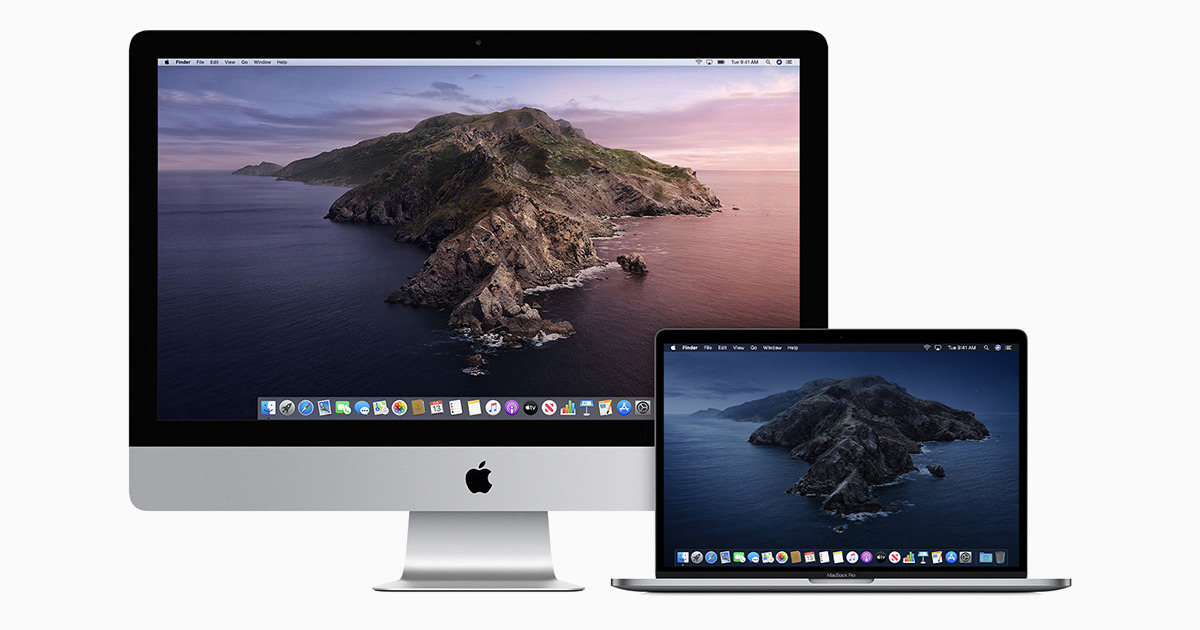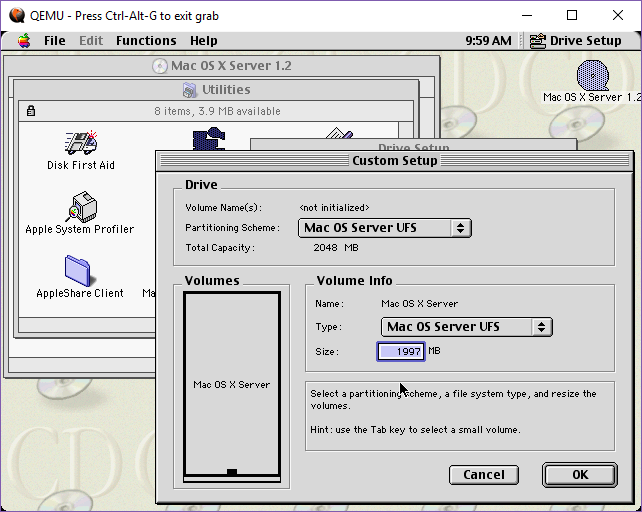
- #Apple server system for mac#
- #Apple server system update#
- #Apple server system software#
- #Apple server system license#
#Apple server system for mac#
Some background: In macOS 10.13 High Sierra, Apple added support for a new file system for Mac disks.


This is why Acronis Files Connect is so popular. This is especially important because AFP continues to be the most trouble-free way to give Mac users access to file servers and NAS and remains the only option for empowering your users with lightning fast, full-content file search. While not being able to share local folders with AFP, Macs running macOS 10.13 continue to include the expected ability to connect to external AFP file shares. When this change was announced, many in the Mac community feared Apple was removing support for AFP completely. This limitation typically does not impact business or educational users, who connect to external file shares on servers and NAS, rather than share out their own personal file shares. With the introduction of APFS, the Apple File Sharing method became unavailable. In the past, it was also possible to choose between Windows File Sharing (using the SMB file sharing protocol) or an Apple File Sharing (using the AFP protocol). Macs have long allowed their users to select a local folder on their hard drive and offer it as a network share so that it can be accessed from other computers. While this change is invisible to most Mac users, it did have an impact on the Mac’s options for sharing local folders on the network. Any Mac upgraded to 10.13 is automatically converted to use APFS, while keeping all existing data intact for a seamless upgrade. With the release of macOS 10.13 High Sierra in 2017, Apple made APFS the default file system for all Macs running this new OS.

In order to use this file system, you had to completely reformat your Mac and reinstall the OS, and it was not used on newly shipped Macs, so it really only served as a beta for those who were especially motivated to try it out. When Apple introduced macOS 10.12 Sierra in 2016, they included an option to format your Mac’s hard drive with a new file system called Apple File System (APFS).
#Apple server system license#
The quartz-wm window manager included with the XQuartz distribution uses the Apple Public Source License Version 2.For some time, the hard drives on Macs have used a file system called HFS+.
#Apple server system software#
The X.Org software components’ licenses are discussed on the
#Apple server system update#
Please re-install the latest XQuartz X11 release for Leopard after installing a system software update to OS X 10.5.x Leopard.Īn XQuartz installation consists of many individual pieces of software which have various licenses. Because of this, you may experience conflicts after doing a Software Update from Apple. Since the XQuartz X11 package clobbers Apple's X11.app, their software update will clobber the XQuartz X11 package. OS X Software Updates have included some of the work done by the XQuartz project, but for various reasons, Apple cannot ship the latest and greatest version offered by the XQuartz site.

Together with supporting libraries and applications, it forms the X11.app that Apple shipped with OS X versions 10.5 through 10.7. The XQuartz project is an open-source effort to develop a version of the X.Org X Window System that runs on macOS.


 0 kommentar(er)
0 kommentar(er)
